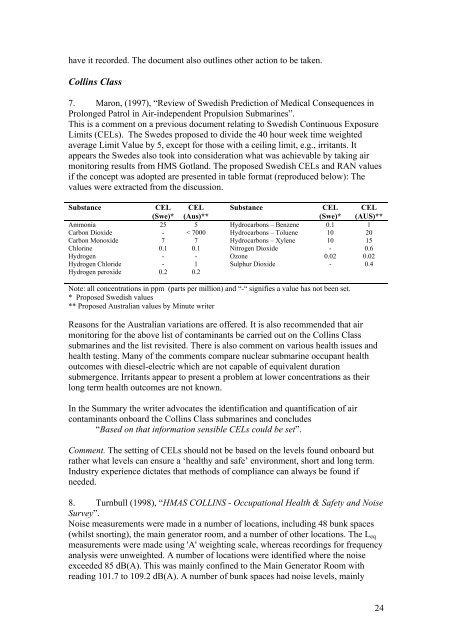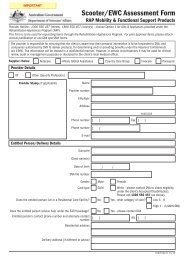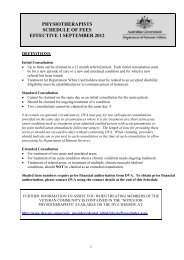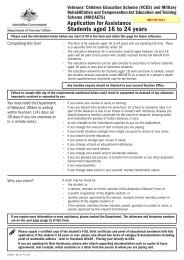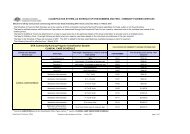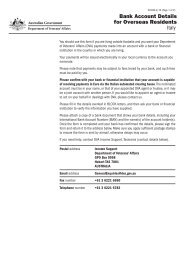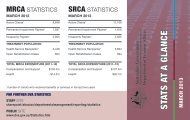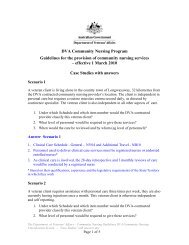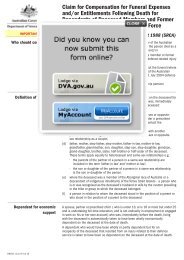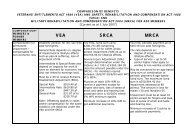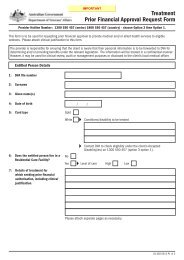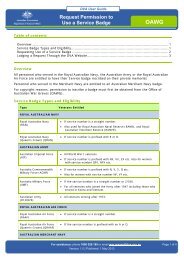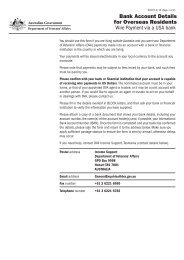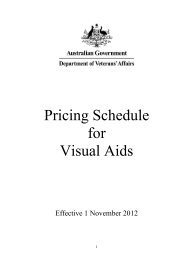Oberon Class Submarine Occupational Hygiene Project Final Report
Oberon Class Submarine Occupational Hygiene Project Final Report
Oberon Class Submarine Occupational Hygiene Project Final Report
You also want an ePaper? Increase the reach of your titles
YUMPU automatically turns print PDFs into web optimized ePapers that Google loves.
have it recorded. The document also outlines other action to be taken.Collins <strong>Class</strong>7. Maron, (1997), “Review of Swedish Prediction of Medical Consequences inProlonged Patrol in Air-independent Propulsion <strong>Submarine</strong>s”.This is a comment on a previous document relating to Swedish Continuous ExposureLimits (CELs). The Swedes proposed to divide the 40 hour week time weightedaverage Limit Value by 5, except for those with a ceiling limit, e.g., irritants. Itappears the Swedes also took into consideration what was achievable by taking airmonitoring results from HMS Gotland. The proposed Swedish CELs and RAN valuesif the concept was adopted are presented in table format (reproduced below): Thevalues were extracted from the discussion.SubstanceCEL(Swe)*CEL(Aus)**SubstanceCEL(Swe)*CEL(AUS)**Ammonia 25 5 Hydrocarbons – Benzene 0.1 1Carbon Dioxide - < 7000 Hydrocarbons – Toluene 10 20Carbon Monoxide 7 7 Hydrocarbons – Xylene 10 15Chlorine 0.1 0.1 Nitrogen Dioxide - 0.6Hydrogen - - Ozone 0.02 0.02Hydrogen Chloride - 1 Sulphur Dioxide - 0.4Hydrogen peroxide 0.2 0.2Note: all concentrations in ppm (parts per million) and “-“ signifies a value has not been set.* Proposed Swedish values** Proposed Australian values by Minute writerReasons for the Australian variations are offered. It is also recommended that airmonitoring for the above list of contaminants be carried out on the Collins <strong>Class</strong>submarines and the list revisited. There is also comment on various health issues andhealth testing. Many of the comments compare nuclear submarine occupant healthoutcomes with diesel-electric which are not capable of equivalent durationsubmergence. Irritants appear to present a problem at lower concentrations as theirlong term health outcomes are not known.In the Summary the writer advocates the identification and quantification of aircontaminants onboard the Collins <strong>Class</strong> submarines and concludes“Based on that information sensible CELs could be set”.Comment. The setting of CELs should not be based on the levels found onboard butrather what levels can ensure a ‘healthy and safe’ environment, short and long term.Industry experience dictates that methods of compliance can always be found ifneeded.8. Turnbull (1998), “HMAS COLLINS - <strong>Occupational</strong> Health & Safety and NoiseSurvey”.Noise measurements were made in a number of locations, including 48 bunk spaces(whilst snorting), the main generator room, and a number of other locations. The L eqmeasurements were made using 'A' weighting scale, whereas recordings for frequencyanalysis were unweighted. A number of locations were identified where the noiseexceeded 85 dB(A). This was mainly confined to the Main Generator Room withreading 101.7 to 109.2 dB(A). A number of bunk spaces had noise levels, mainly24


